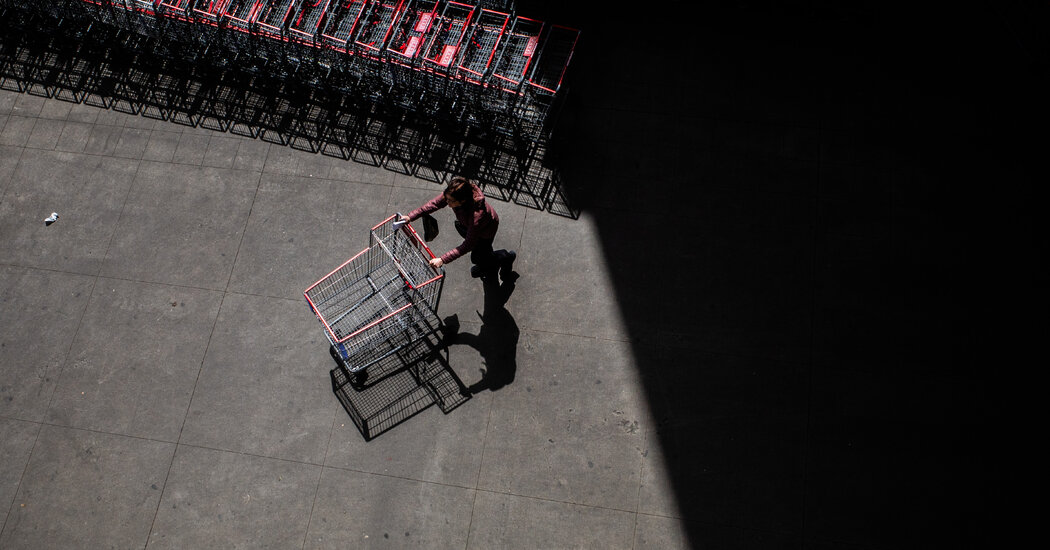Americans are spending less at McDonald’s. Fewer container ships are expected at the Port of Los Angeles. Procter & Gamble is raising prices. Mattel is shifting production out of China.
Evidence for the economic impact of President Trump’s trade wars is everywhere — except, for the most part, in economic data itself. Consumer spending hasn’t fallen. Layoffs haven’t risen. Businesses haven’t stopped investing in equipment or buying supplies.
Economists say it is a matter of time before the impact of tariffs and the uncertainty that Mr. Trump’s on-again, off-again approach to trade policy has created begin to show up in the hard data. But until then, they are left sifting through crumbs of evidence that wouldn’t get a second glance in more normal times: customs revenue, hotel bookings in Las Vegas, freight shipments by truck and rail.
It is in some ways a more buttoned down version of the recent social media trend in which users share gloomy economic omens — some serious, some humorous — under the hashtag #recessionindicator.
“The problem is we don’t have much to hang onto at this point,” said Marc Giannoni, chief U.S. economist for Barclays. “We have to rely on anecdotes, on indicators that are nonconventional.”
Among those hunting for tidbits of evidence are officials at the Federal Reserve, who are trying to figure out how to set monetary policy in an environment where tariff policy can shift multiple times between meetings. Policymakers are widely expected to hold interest rates steady on Wednesday, in part because of that uncertainty. But they will be watching for signs that the economy is changing direction faster than the usual indicators can capture.
